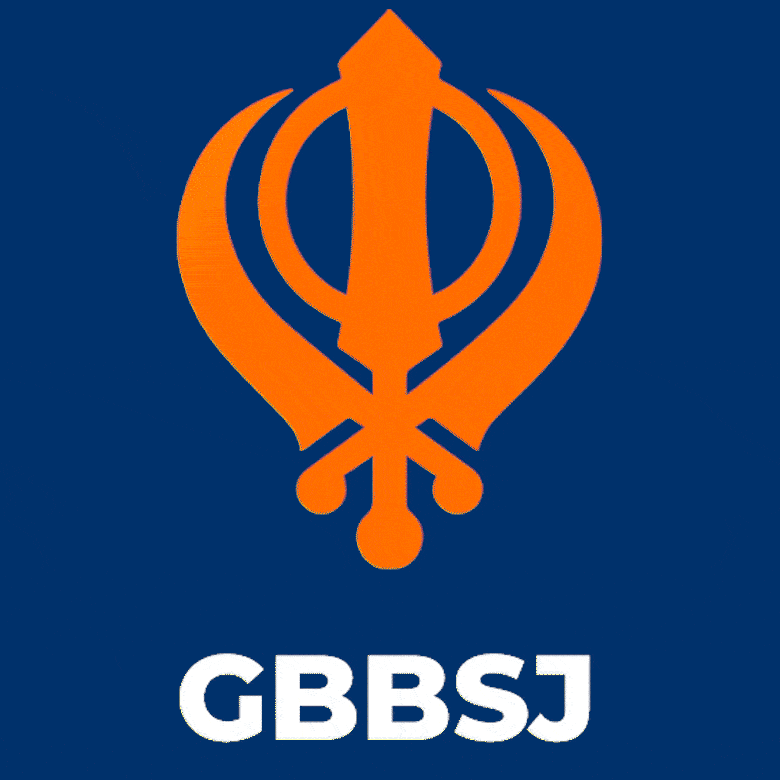In Sikhi, the “Five Ks” represent essential symbols of faith, identity, and service. These physical articles of faith are worn by initiated Sikhs, serving as both a reminder of their commitment to Sikh principles and a means of identification. Let’s delve into the significance of each of the Five Ks.
1. Kesh (Uncut Hair):
Uncut hair, or kesh, is a symbol of a Sikh’s acceptance of God’s will and the natural state of the body. It is a sign of respect for the perfection of God’s creation.
2. Kara (Steel Bracelet):
The kara, a steel bracelet, is a symbol of an unbreakable bond with God. Its circular shape represents the eternal nature of God and the Sikh’s commitment to their faith.
3. Kanga (Wooden Comb):
The kanga, a wooden comb, is a symbol of cleanliness and discipline. It reminds Sikhs to keep their hair tidy and serves as a practical tool.
4. Kachera (Cotton Undergarments):
Kachera, cotton undergarments, represent modesty and purity. They serve as a reminder to maintain self-control and chastity.
5. Kirpan (Sword):
The kirpan, a ceremonial sword, symbolizes the Sikh’s duty to protect the oppressed and uphold justice. It signifies the readiness to defend one’s faith and the principles of Sikhi.
The Five Ks are not merely physical articles but are deeply symbolic of a Sikh’s spiritual and ethical commitment. They serve as constant reminders of the Sikh way of life, which emphasizes humility, discipline, and the values of justice and selfless service.



